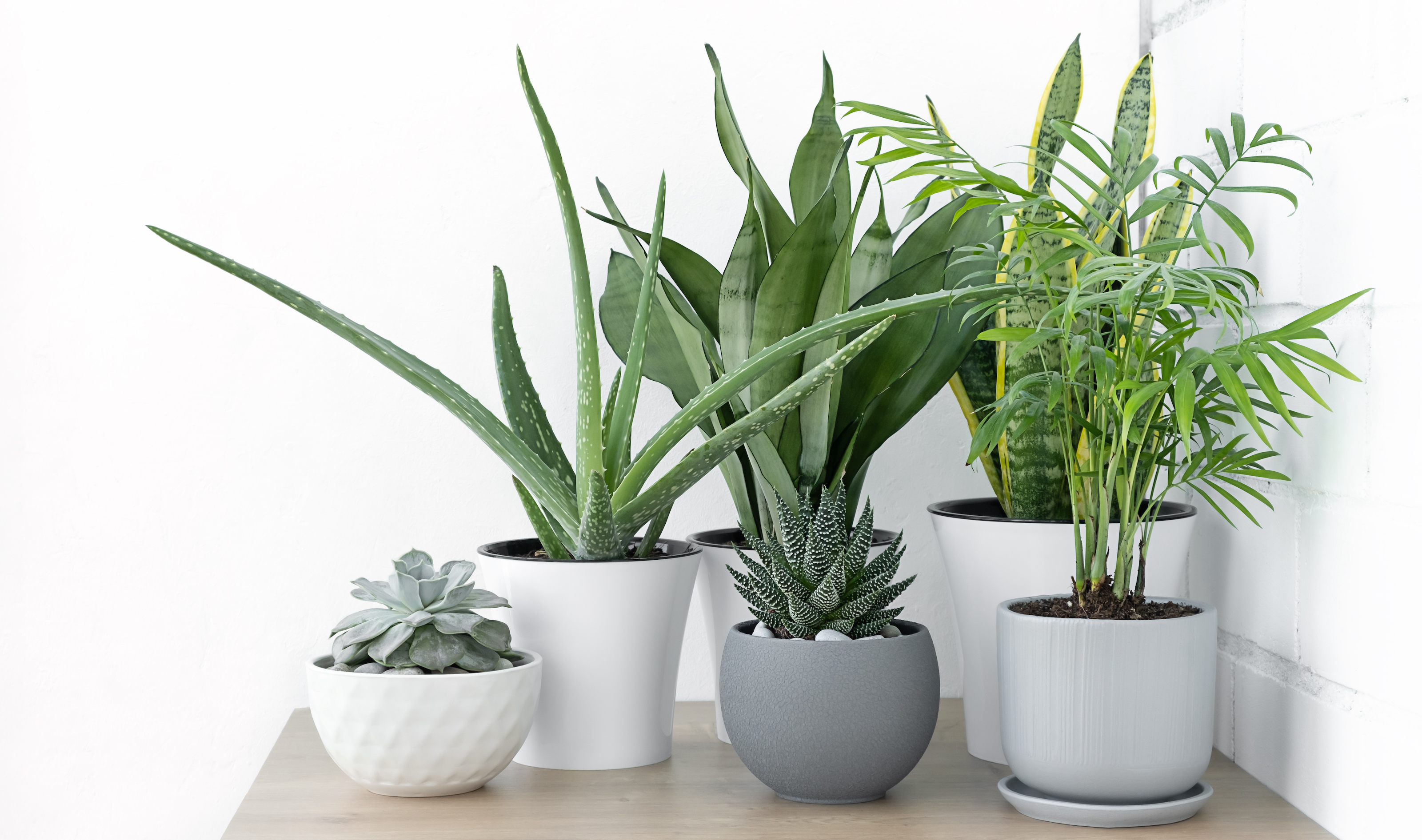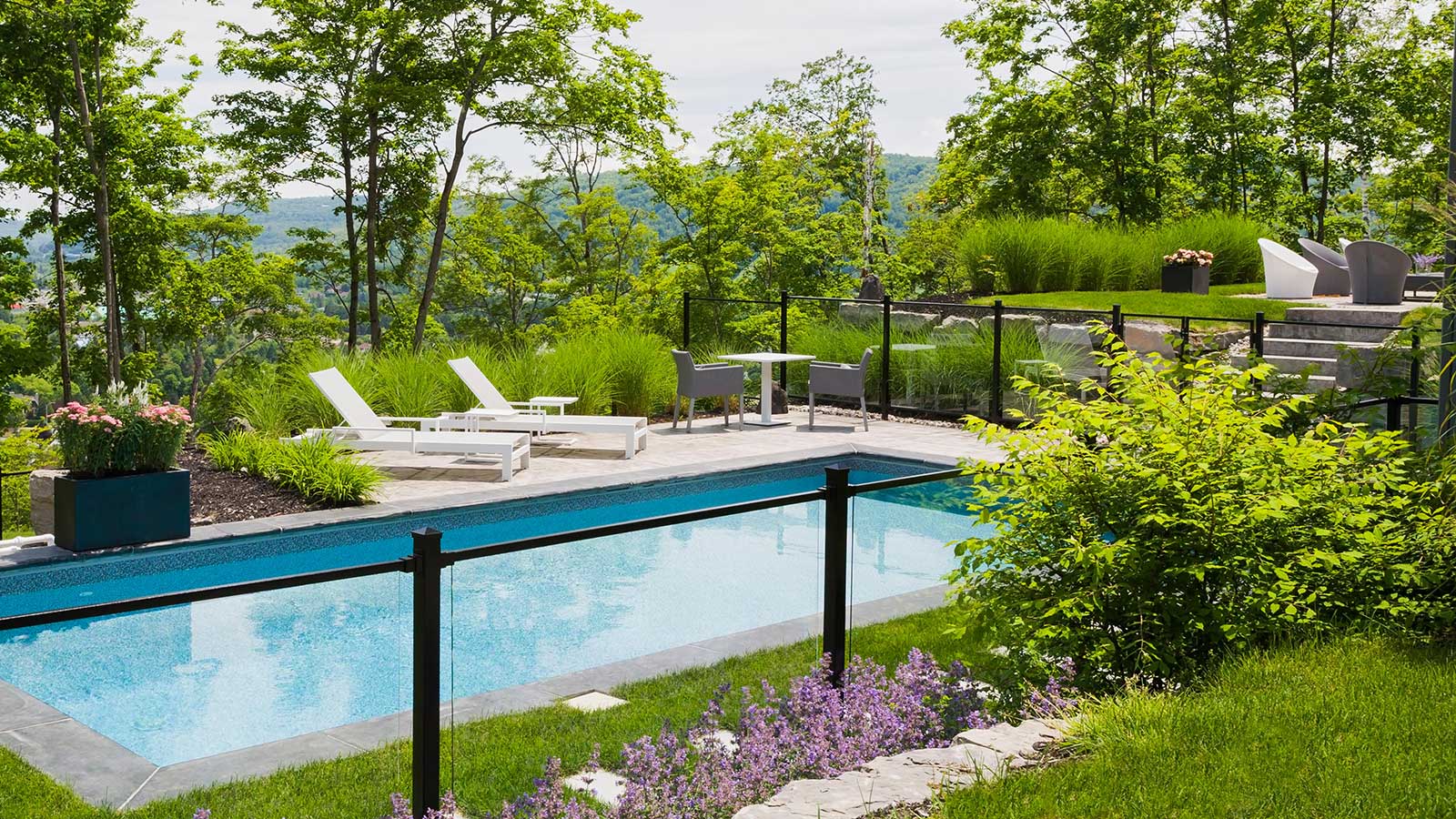
Which house plants reduce stress? These 8 will relieve anxiety and help you relax, say experts
Decor Ideas. Project Inspiration. Expert Advice. Delivered to your inbox. Thank you for signing up to Homes & Gardens. You will receive a verification email shortly. There was a problem. Please refresh the page and try again. We all know plants have many beneficial properties – but did you know some plants may help you feel more relaxed? There are some that absorb CO2 at night, while others emit snooze-inducing scents; and botanicals have been used in healing for centuries, so it's no surprise that some plants can help soothe stress and aid relaxation. Whether you choose these as – yes, there are – for your office or to promote relaxation in your living room, this is what to choose. 'A wide variety of indoor plants have many benefits, from purifying the air to promoting relaxation, which can also help you sleep better,' says Alfred Palomares, of . 'Plants are also a great way to enjoy nature indoors, adding natural beauty to your space.' Unlike most plants, which release oxygen during the day, snake plants release oxygen at night when the temperature cools due to its unique CAM photosynthesis. This adaptation helps the snake plant survive the arid conditions where it naturally grows, mainly across Africa. It's also one of the . 'Snake plants are known for their air purifying abilities and nothing makes for a better night's sleep than having fresh air around you,' says 's product operations specialist, Matt Slaymaker. 'The Moonshine snake plant comes in small sizes, which is perfect for nightstands. These easy to care for plants do well in medium to low light and require minimal waterings.' 'Not only does the snake plant claim a spot on NASA’s list of the top 10 air-purifying plants, it is also one of few houseplants that converts CO2 into O2 at night, which is something most house plants only do during the day,' says Paris Lalicata, plant expert at . 'The snake plant is also very versatile and can tolerate lower light levels in a bedroom. However, it can also thrive well in brighter light or even direct sun when acclimated. 'It’s also succulent-like making it drought tolerant, so you may only see yourself watering it every 10-14 days but you can push as long as three weeks depending on the light levels provided, especially if in lower light. Be sure to allow the soil to completely dry out between waterings as they are very susceptible to root rot.' Prefer sunlight but can survive in shadier spots Avoid excessive watering, water every few weeks only Snake plants naturally purify the air for a healthier night's sleep. 'They'll remove harmful chemicals from the air to help with respiration', explains Hall, 'getting yourself a snake plant or two will provide the best air purification.' Standing tall, snake plants look stylish perched on a nightstand. is well known for its relaxation-enhancing properties. This medicinal herb can be found in essential oils for relaxation, pillow mists and eye masks to aid slumber. The plant itself emits its distinctive aroma too. So growing lavender in a or outside a window will allow the fragrance to waft in. Failing that, dried bunches of this in a simple white vase or jug look beautiful and will fill your rooms with its soporific scent. 'Known for its soothing fragrance and purple flowers, this blooming perennial can be planted in your garden or potted and enjoyed indoors,' says Alfred Palomares, resident plant dad for 1-800-Flowers.com. 'Its scent can help relieve stress and help reduce restlessness. If you display a lavender plant indoors, it will thrive best in rooms that receive plenty of sunlight. This plant requires about eight to 10 hours of full sunlight. It also grows best in well-draining, alkaline soil so water can flow through easily.' Ideally needs 8 hours of sunlight Requires a warm, bright spot. Scents of lavender have long been associated with relaxation. You can find and essential oils designed to help with sleep, but why not add an actual plant to your bedroom? 'Lavender is long-lasting, and you'll smell its calming fragrance as soon as you step by your bed', says Hall. Plants and being in nature are known to promote relaxation, so bringing some foliage to your rooms will help to create a peaceful indoor oasis. are a great choice. Not only loved for their air-purifying properties and subtle beauty, peace lilies are thought in to harmonize energy and boost feelings of optimism. On a practical level, they are scientifically proven (by NASA) to remove toxins, such as Benzene and Trichloroethylene, found in paint, varnish, adhesives and synthetic fibers. 'This low-maintenance plant, which is native to the South African tropics, helps to humidify the air and promote better airflow, helping you breathe better and sleep easier too,' says Alfred. 'It also produces a calming fragrance which, like the lavender plant, can help promote relaxation. This easy-to-care-for plant thrives in indirect light and shade.' Prefers indirect sunlight, can survive varying light levels Water moderately; soil should be moist, not soggy NASA's Clean Air Study back in the late 1980s found that the peace lily is one of the best air-purifying plants. They help filter out harmful toxins, maintaining humidity levels for an ideal sleeping atmosphere. 'They're attractive plants to place in a floor-standing pot, or pretty basket,' says Hall. There's a good reason these elegant beauties grace upmarket spas. are said to symbolize love, beauty, refinement and strength. We also associate them with serene spaces, particularly the plants with white or pale petals. 'Long-lasting and easy to care for, this tropical and elegant plant produces colorful, large blooms in shades of purple, white and blue and also brings a sense of calm to any space they are in,' says Alfred. This popular succulent is another plant that uses CAM photosynthesis to produce energy, so it releases oxygen at night. This makes it another great plant for the bedroom or living room. Jade plants are also purported to bring luck in Feng Shui, so they make great house-warming gifts too. 'The Crassula aka Jade Plant is an excellent choice for sound slumber,' says , co-founder, The Little Botanical. 'Crassula works hard through the night releasing oxygen, which may aid restful sleep. 'With its lush, jade-coloured leaves, this is an easy-care plant. Pop your jade plant on a side table or windowsill as they love a bright spot. Just allow the soil to dry thoroughly between waterings to keep them happy.' are a low-maintenance succulent is a popular addition to an indoor garden in any room. Loved for its easy going nature and healing properties, the tall leaves of this superhero succulent also release oxygen at night,' says Morag Hill. Can survive without sunlight, as they are succulents. Don't need frequent watering; every 2-3 weeks in summer, and less in the winter Aloe vera is a plant long used for its medicinal properties, but these remarkable plants aren't only for skincare. They produce plenty of oxygen to help improve air purity and quality. Being easy to care for they make a great choice for the bedroom, especially if it doesn't get much light. A relative of the regular rubber tree (ficus elastica), one of the , this variegated version is a popular alternative, with its striking multi-toned leaves. These plants vary in size, from small potted varieties, up to fully grown indoor trees. As with any plant, if it becomes too large for one room, it can be moved to another. However, a small Ficus teneke would bring life to a dresser or shelf and foster an atmosphere of calm. 'This low-maintenance plant has striking pink, green, and yellow leaves that will add color and dimension to any room,' says Paris Lalicata. 'It also claims a top spot on NASA's list of air-purifying plant making it a great choice.' The photosynthesises in the usual way, so it doesn't have any nocturnal oxygen-boosting properties like some on this list. However, Golden pothos grow easily and swiftly, so with a couple of these in your room, it could soon feel like a soothing tropical oasis. 'The easy-care pothos plant and its quick growing vines will make any space look more lush,' says Paris Lalicata. 'Under the right conditions, the plant can grow long trailing vines that will take over your space-feeling like you’ve been transported out into nature. When we feel closer to nature, we reduce mental fatigue and stress, and increase relaxation which can help us sleep.' What are the best therapy plants? If you consider the essential oils that are used for relaxing massages you will get a good idea of which plants are therapeutic. These include the more aromatic choices on our list including lavender, but also chamomile, pine, geranium, lemon verbena and balm, rosemary and rose. Which plant is best for anxiety? Lavender is best for anxiety; plant it out in your garden, in pots on windowsills or bring it into bright rooms indoors. It can be cut and dried, too, and you can sprinkle the essential oils around to improve relaxation. It's generally agreed that the best stress-reducing plant is lavender; if you don't have much luck with growing indoor plants, you can benefit from lavender in many forms, through essential oils (you can ), through pillow sprays (we like ) and candles – we love .








